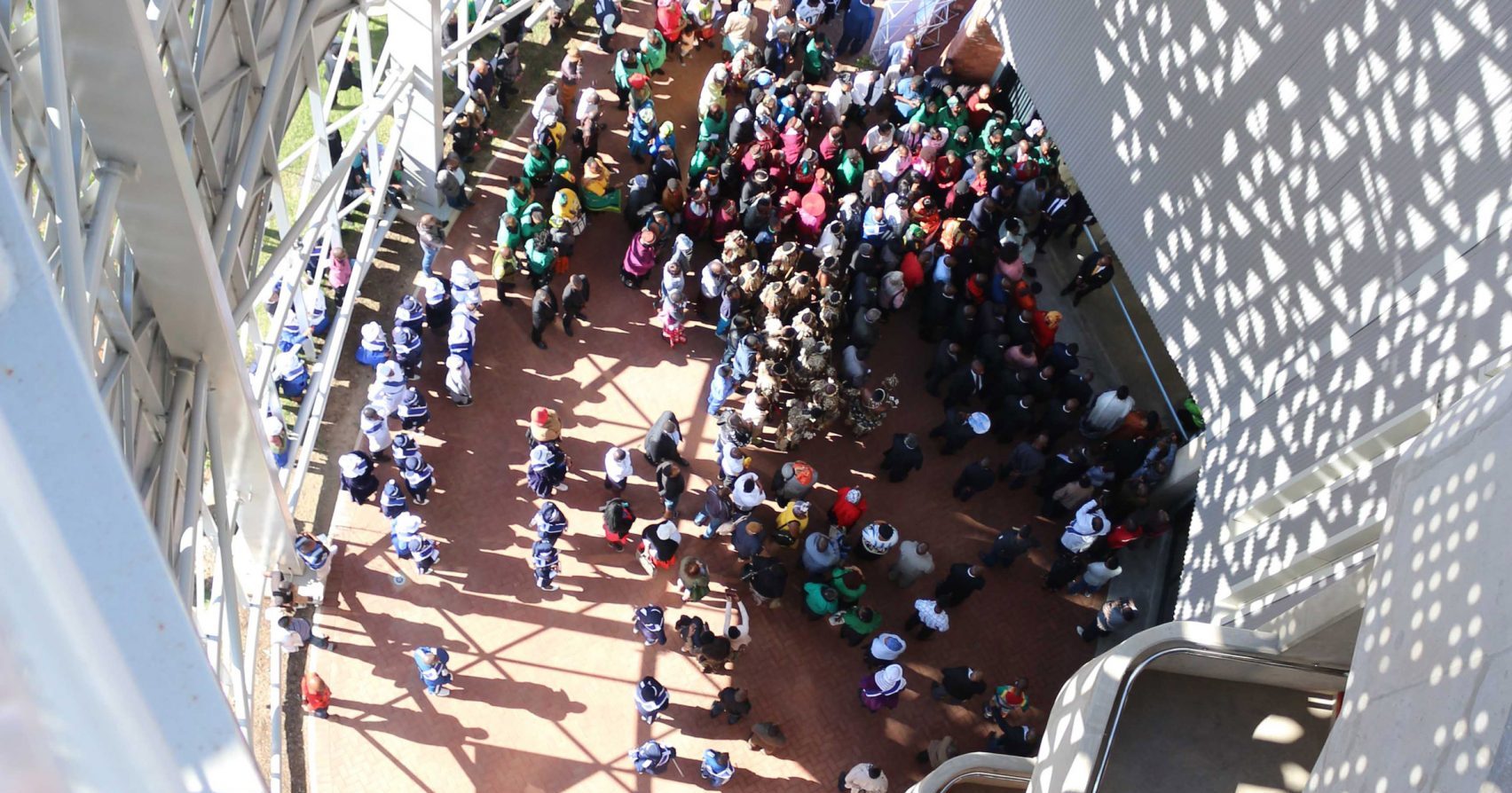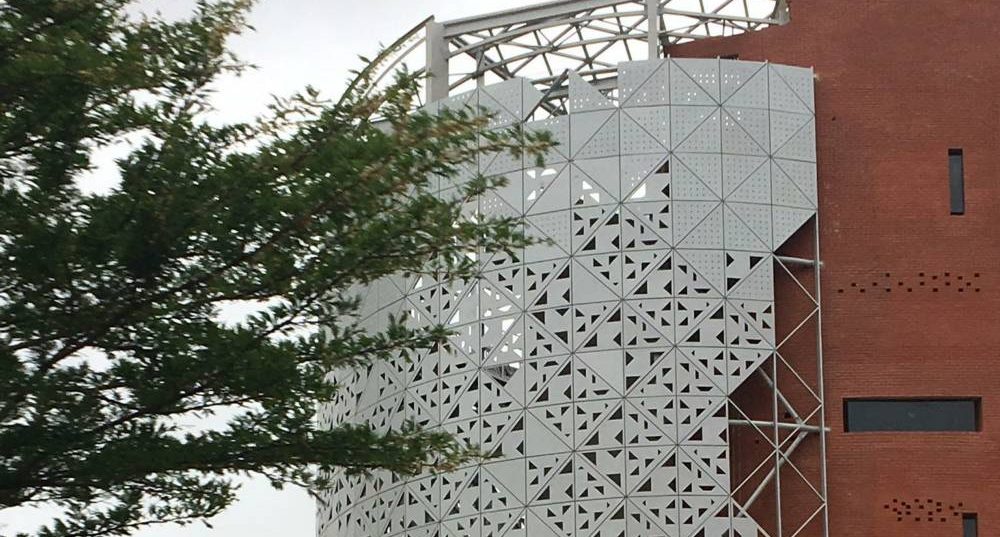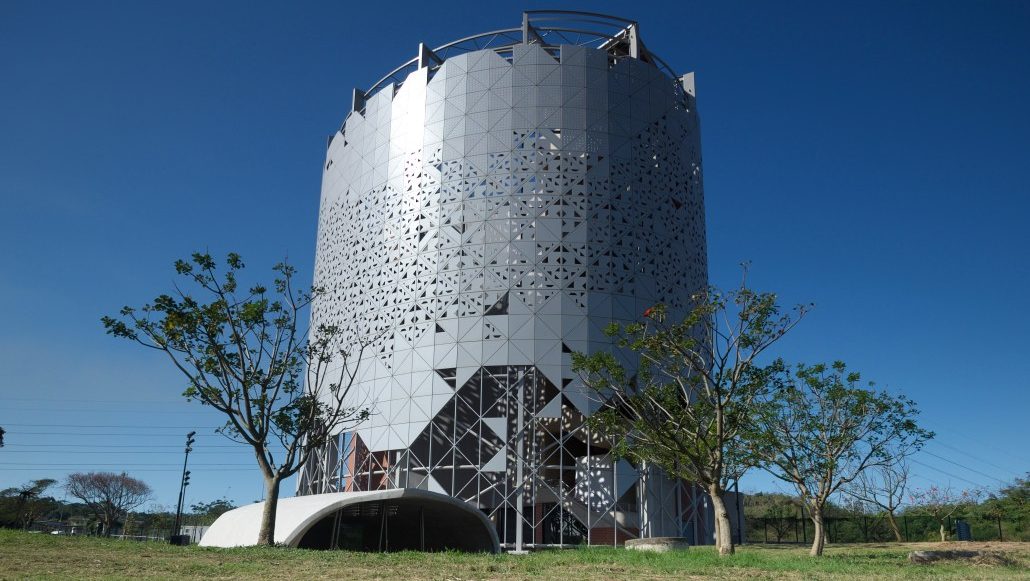The Durban Heritage Museum is a Community Need-based Innovation and Platform of Expression
Situated in Cato Manor, a community haunted by poverty, unemployment, and its own past, the uMkhumbane Cultural and Heritage Museum serves as a means of enhancing the local economy and alleviating communal struggles. The structure serves as a means of preserving the rich history of Cato Manor while alleviating poverty and unemployment in the area. uMkhumbane is globally significant due to its heritage of being the largest forced removal site in apartheid South Africa. The resilience of the community people resulted in sensational uprisings that eventually ensured their emancipation. What their past birthed therefore was a community bond, rooted in freedom- in the celebration of life, growth, and transition.
The museum is a four-story, red-bricked atrium that signifies the futuristic aspirations of African architecture. It was built on a former wasteland and polluted water bank and it stimulated local economic growth and local artisans and builders were trained and involved in the construction process. The atrium-shaped tower makes use of approximately 500,000 firelight clay brick as final cladding and exoskeleton. This stands as a pleasant contrast to the aluminum used in constructing the museum’s remaining façade. Apart from its aesthetic value, clay provides good thermal qualities and environmental friendliness and sustainability.
The museum’s dazzling façade is a chrome-like ancillary structure constructed with silver Travertine. It is aesthetically embedded with inter-locking triangular nodes that allow dappled lightening and ventilation to filter into the interior space. The space is fluid and rustic with built spiral staircases enhancing its flexibility. A tower was deemed ideal to reduce the museum footprint and encourage future development and the addition of a recreational and educational facility.
The first museum to be built in Durban in a hundred years, the uMkhumbane Cultural and Heritage Museum was chosen as Winner of the Africa Architecture Awards in 2017. The structure according to local firm, Chromanski, gives a ‘platform of expression’ to the voices that settled in the Cato Manor area through history. The museum was built to host communal activities, document the socio-political past and traditions of the Zulu people. It was also borne out of the urgent need to alleviate the poor economic condition of Greater Cato Manor by acting as a source of tourism and communal heritage.






